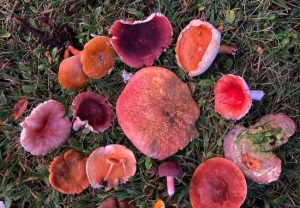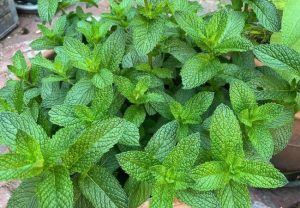Grow your own fragrant peppermint at home with this easy-to-follow guide. Learn the essential care, maintenance tips and tricks for a bountiful peppermint harvest.
Are you a fan of the refreshing, minty aroma of peppermint? If yes, then you’ll be delighted to know that you can easily grow this herb in your backyard or even on a sunny windowsill. Peppermint is a hardy perennial that thrives in various climates, making it an excellent choice for home gardeners. In this comprehensive guide, we’ll walk you through the essential care and maintenance steps to ensure a successful peppermint harvest.
Here’s an information chart for Peppermint:
| Attribute | Details |
|---|---|
| Botanical Name | Mentha × piperita |
| Common Name | Peppermint |
| Plant Family | Lamiaceae (Mint family) |
| Hardiness Zone | USDA zones 3-11 |
| Sun Exposure | Full sun to partial shade |
| Soil Type | Moist, well-drained soil |
| Watering | Regular; keep soil consistently moist |
| Growth Habit | Herbaceous perennial, spreading |
| Height/Spread | 1-3 feet tall / 1-2 feet wide |
| Special Features | Fragrant leaves, attractive to bees and butterflies, culinary and medicinal uses |
Getting Started: Planting Peppermint
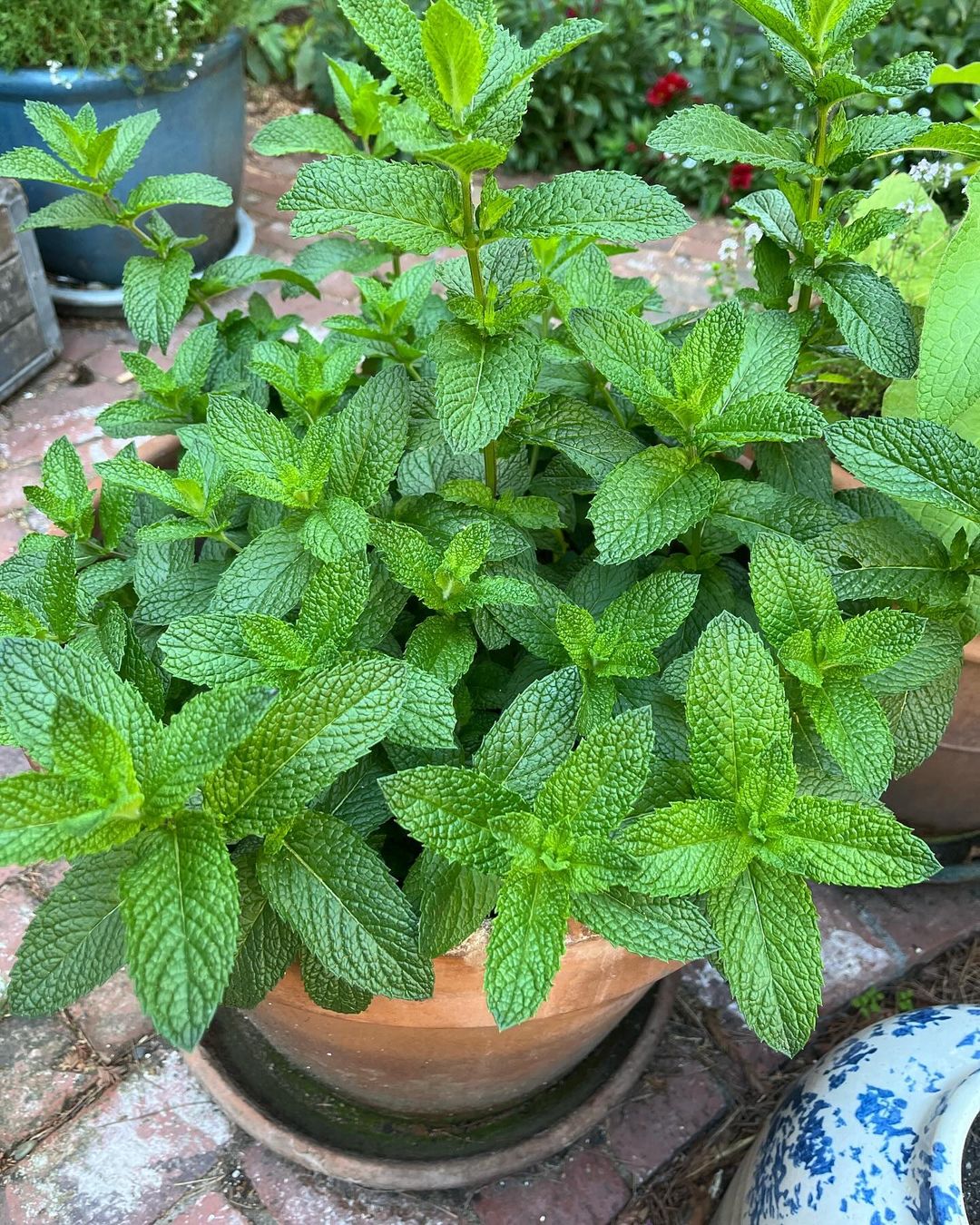
Before you can enjoy the benefits of homegrown peppermint, you need to start with the planting process. Here’s what you need to know:
Choosing the Right Location
Peppermint prefers well-draining soil and plenty of sunlight. Select a spot that receives at least six hours of direct sunlight per day. If you’re planting in containers, make sure they have drainage holes to prevent waterlogged soil.
Planting from Runners or Cuttings
One of the easiest ways to propagate peppermint is by using runners or cuttings from an existing plant. Simply take a 6-inch cutting from a healthy peppermint plant, remove the lower leaves, and bury the stem horizontally in moist soil, leaving a few inches above ground.
Planting from Seeds
While less common, you can also grow peppermint from seeds. However, keep in mind that the seeds can take longer to germinate and may not produce plants true to the parent variety. If you choose this method, sow the seeds in well-draining soil and keep the soil consistently moist until the seeds sprout.
Essential Care and Maintenance
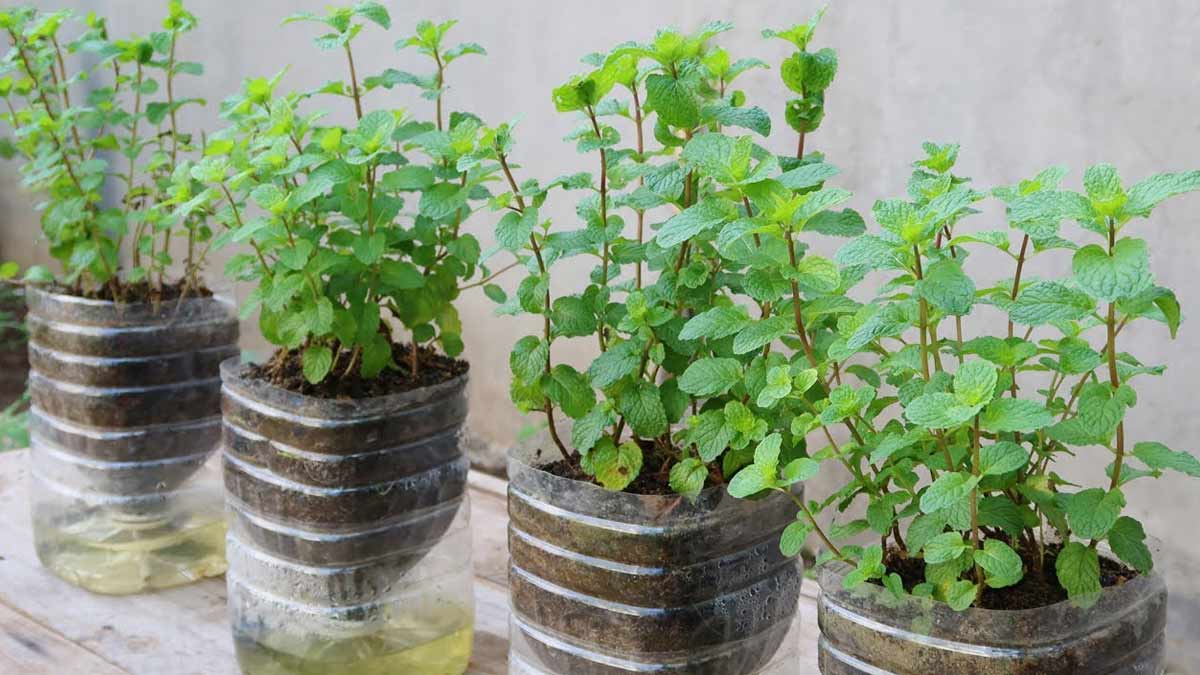
Once your peppermint is planted, it’s important to provide the right care and maintenance to ensure a healthy and productive plant. Here are some key tips:
Watering
Peppermint has moderate water needs and prefers consistently moist soil. Water the plant deeply, allowing the soil to dry out slightly between waterings. Avoid letting the soil become completely dry or waterlogged.
Mulching
Apply a 2-3 inch layer of organic mulch around the base of the plant. Mulch helps retain moisture, suppress weeds, and regulate soil temperature, promoting healthy growth.
Fertilizing
While peppermint doesn’t require excessive fertilization, providing a balanced fertilizer every 4-6 weeks during the growing season can boost foliage growth and flavor. Follow the instructions on the fertilizer package for proper application rates.
Pruning and Harvesting
Regular pruning encourages bushier growth and more abundant foliage. Harvest peppermint leaves by cutting the stems just above a set of leaves, leaving enough foliage for the plant to continue growing. Avoid harvesting more than a third of the plant at a time.
Controlling Spread
Peppermint is a vigorous grower and can quickly become invasive if left unchecked. Consider planting it in raised beds or containers to contain its spread. Regularly remove any runners or sprouts that appear outside the desired growing area.
Winter Care
In colder climates, apply a thick layer of mulch around the base of the plant to insulate the roots during winter. Peppermint will go dormant but should bounce back in spring with proper care.
Pest and Disease Management
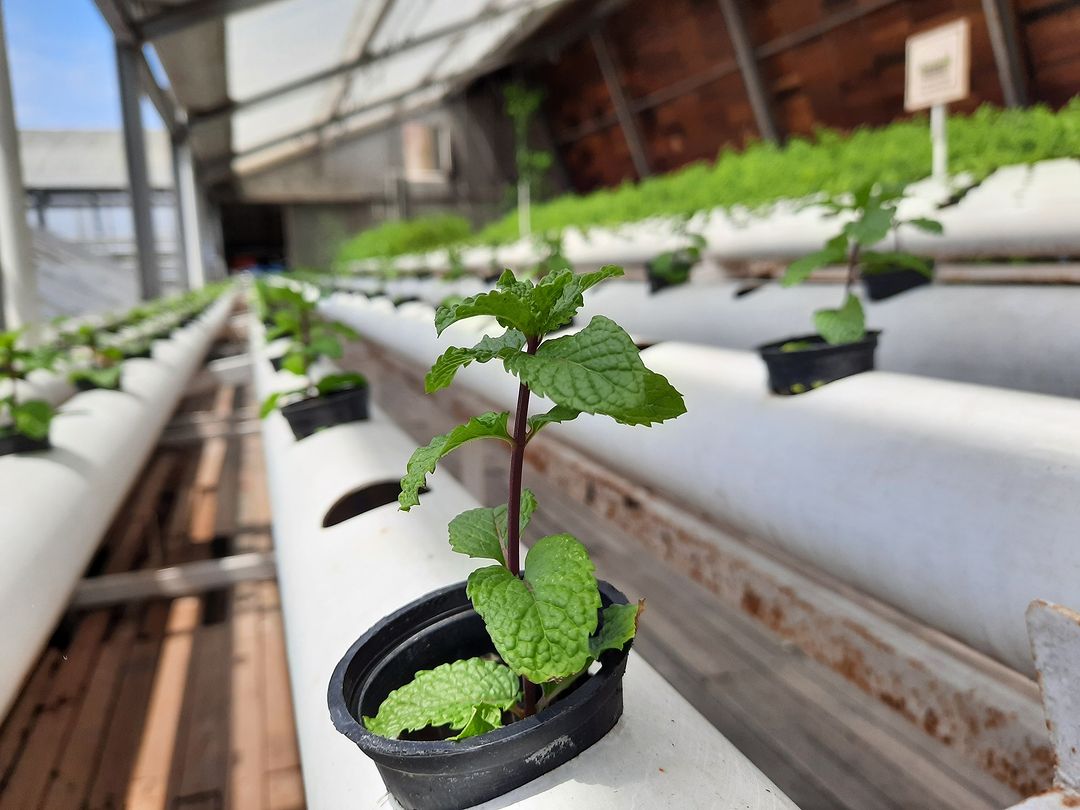
Like any plant, peppermint can be susceptible to pests and diseases. Here are some common issues to watch out for and how to address them:
Aphids
These small, pear-shaped insects can infest peppermint plants, causing stunted growth and distorted leaves. A strong blast of water from a hose can dislodge them, or you can use insecticidal soap or neem oil for more severe infestations.
Powdery Mildew
This fungal disease appears as a white, powdery coating on the leaves. Improving air circulation, avoiding overcrowding, and using a fungicide can help control powdery mildew.
Rust
Rust is a fungal disease that causes reddish-brown spots on the leaves. Remove and destroy affected leaves, and improve air circulation around the plants.
Root Rot
Overwatering can lead to root rot, causing the plant to wilt and die. Ensure proper drainage and reduce watering if you notice signs of root rot.
Harvesting and Preserving Peppermint
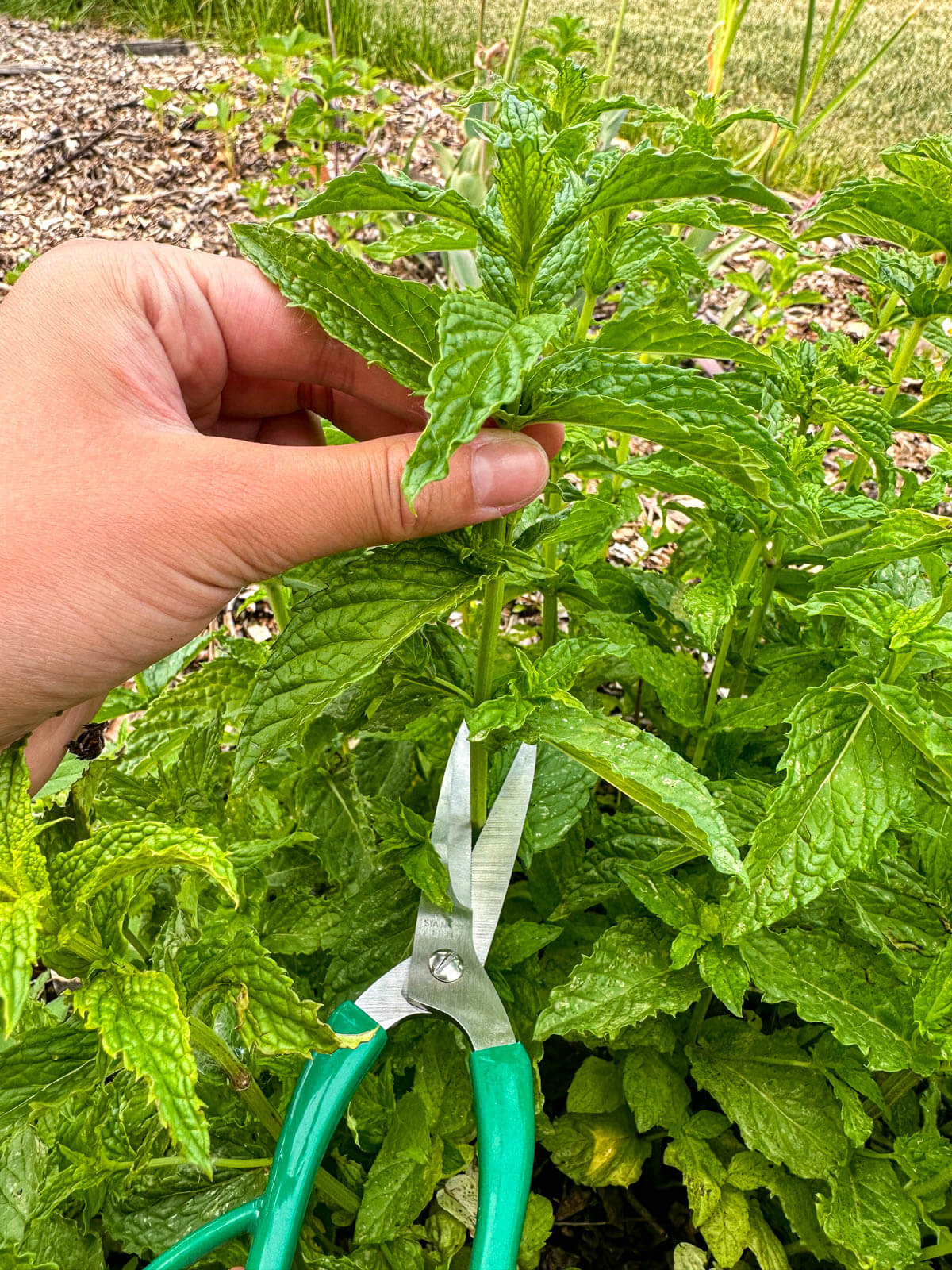
One of the best parts of growing peppermint at home is the ability to harvest fresh leaves whenever you need them. Here are some tips for harvesting and preserving your peppermint:
Harvesting
The best time to harvest peppermint is in the morning after the dew has dried. Use sharp, clean scissors or pruners to cut the stems just above a set of leaves.
Drying
To dry peppermint, bundle the stems together and hang them upside down in a cool, dry, and well-ventilated area away from direct sunlight. Once completely dry, remove the leaves from the stems and store them in an airtight container.
Freezing
Peppermint leaves can also be frozen for later use. Rinse the leaves, pat them dry, and place them in an airtight freezer bag or container. Frozen peppermint leaves can be used in cooking, teas, or smoothies.
Making Peppermint Tea
One of the most popular uses for homegrown peppermint is making fresh tea. Simply steep a handful of fresh or dried leaves in hot water for 5-7 minutes, strain, and enjoy a refreshing cup of peppermint tea.
With its refreshing aroma and versatile uses, peppermint is a fantastic addition to any home garden. By following these essential care and maintenance tips, you’ll be able to enjoy a bountiful harvest of this fragrant herb right from your backyard or windowsill. Happy growing!
